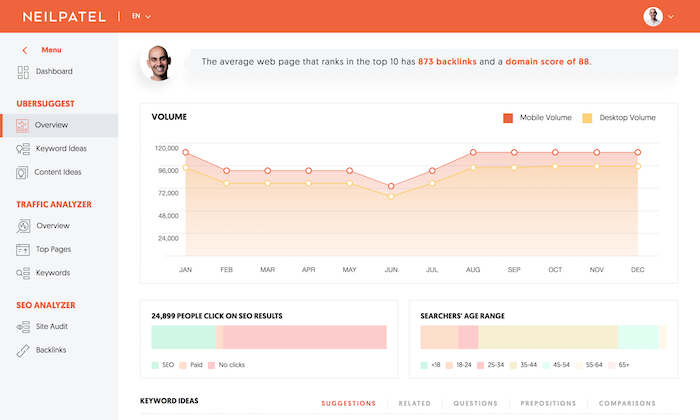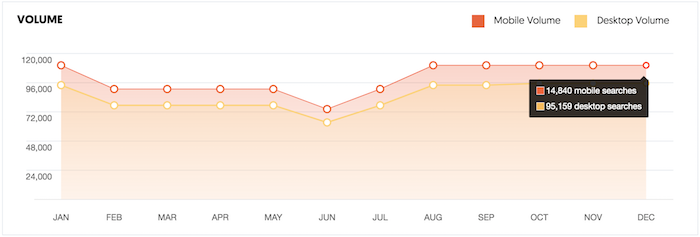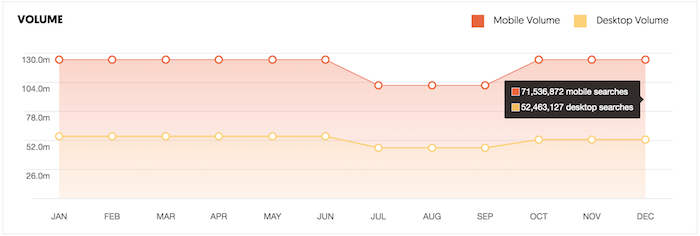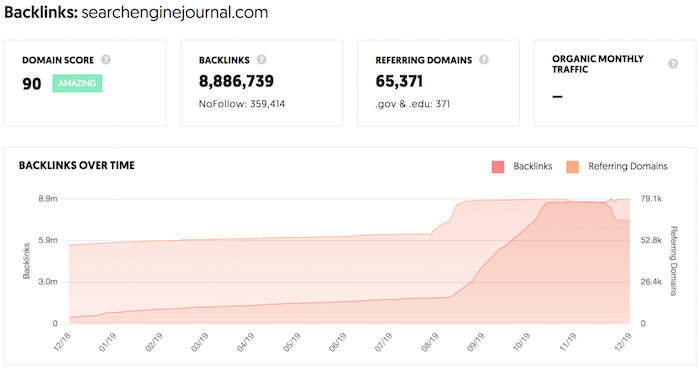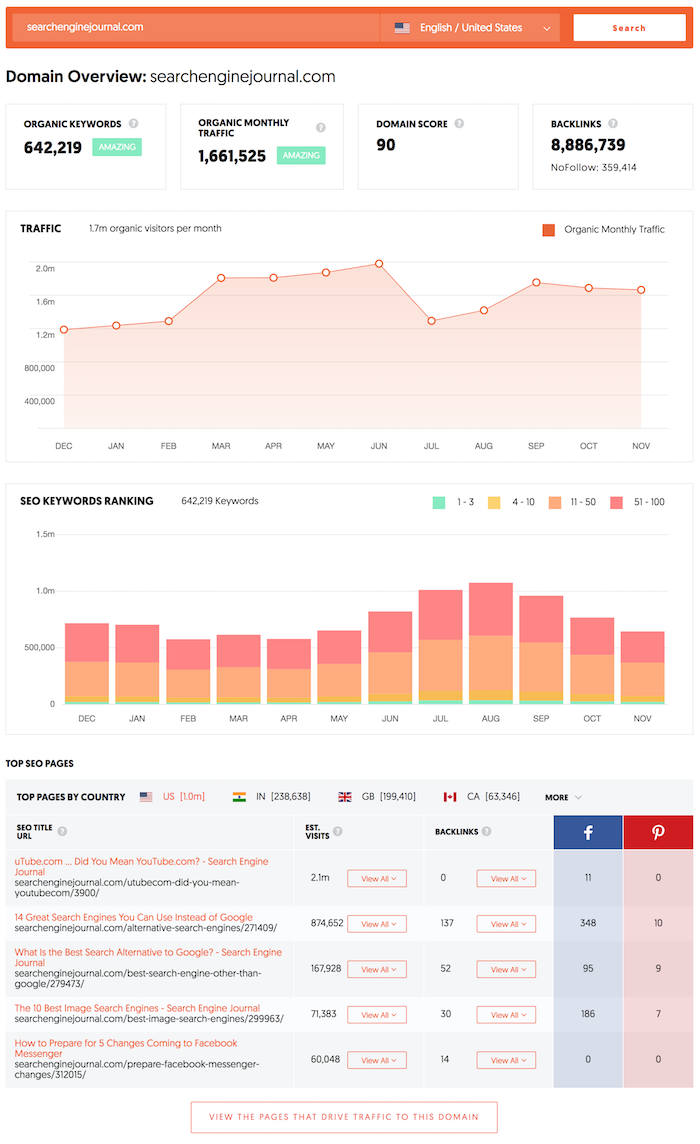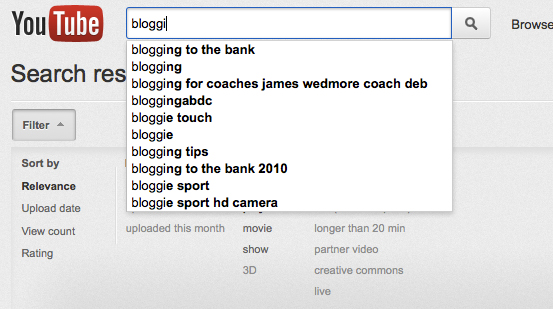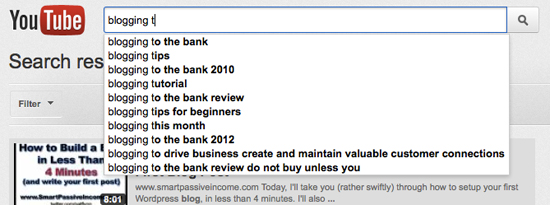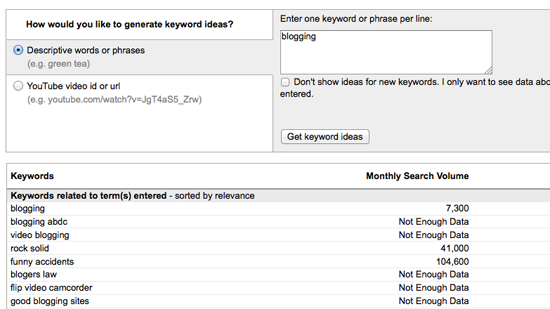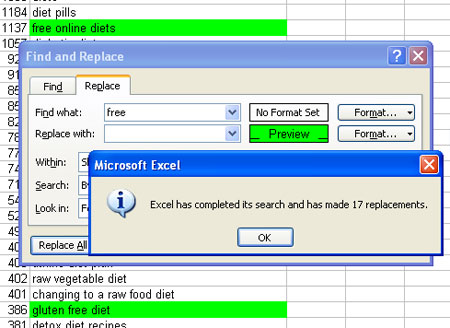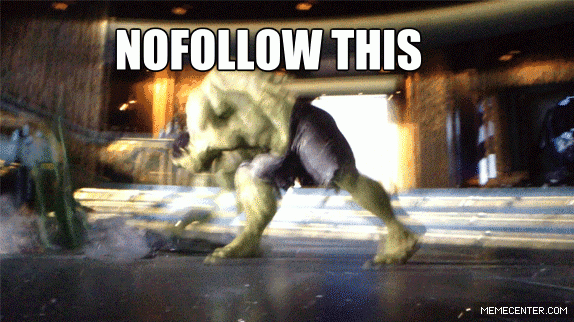 Never underestimate the value of an email. Email marketing has proven itself again and again to be the one marketing avenue that consistently brings in the highest conversions for companies all over the world.
Never underestimate the value of an email. Email marketing has proven itself again and again to be the one marketing avenue that consistently brings in the highest conversions for companies all over the world.
There is a reason they are always pushing to get customer email addresses.
No matter the size of your enterprise, you can benefit from building an email marketing list. The faster you do it, the sooner you will start seeing the results.
Marketing emails mean click-through traffic, greater sales, brand visibility, and direct customer engagement. Even social media doesn’t manage to bring in the ROI of emails.
Consider some email marketing stats:
- 80% of retail professionals in the US said email marketing drives customer acquisition and retention
- On average, companies are attributing 23% of their total sales to the email marketing channel, compared to 18% in 2013. This equates to a proportionate rise of 28% in just one year.

Not only is that a significant increase for such a short period of time, but it proves that those who claim email is dead are dead wrong. It is a more powerful tool than ever.
There are many different ways that will help you rapidly build up an email list. These are some of the most effective.
1. Build An Effective Landing Page
If you have a website or product launching, you can create a simple landing page to begin building hype. Get customers early by putting up an email form for people to be alerted the moment you launch, and so be the first to know.
Services like LeadPages exist to help you do this more quickly. You could have a page up in minutes, and begin gathering those sign ups as soon as it is live.
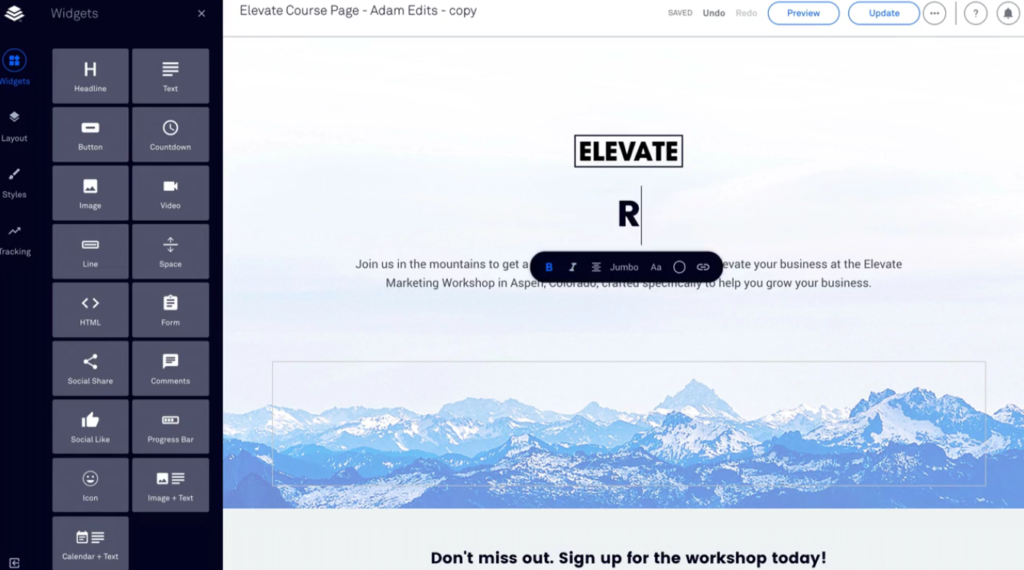
The most important thing about a landing page many businesses miss: It should be fast! I can’t believe how many leads are lost just because the page doesn’t load.
2. Personalize Your Landing Page
3. Host A Webinar
Webinars are becoming more popular by the day, and it is no wonder. They give people all the benefits of going to a conference lecture without ever having to leave their home. It is convenient and a lot cheaper without the hotel and airfare.
Host a live webinar, and then put the recording on your website for people to see in their own time. Not only is this a great content strategy, but it gives you an opportunity to create a sign up form that includes both email addresses and other important data.
Tools like GoToMeeting and ClickMeeting makes it very easy to host, customize, record and invite people to webinars:

A single webinar can bring in thousands of emails.
4. Offer Premium Content
Let’s say you are reading this post, and you want more information. You get to the end and you find out there is a much more thorough, instructive version available. All you have to do is provide your email, then follow the confirmation link to this premium content.
This is another great strategy for both content marketing and email acquisition. Usually referred to as content upgrading, it is guaranteed to get your reader’s attention, and their info.
Check out IMN Marketing Resources page for a solid example of premium content we are offering:

4. Offer Emailed Incentives
When Google first released Google Plus, they took a handful of invites and gave them to early adopters as they anticipated the launch. Then those users gave out invites to their friends that wanted to try it.
The sheer number of invites that were sent out this way was incredible, and all done through email. It created a powerful force that made the G+ launch a busy and highly anticipated one. While they were not able to engage those users well enough to sustain the growth, it has worked very well for creating the initial buzz.
Offer users the ability to send special offers to their friends if they provide their email. The friend gets the offer, then provides their own email address, and passes it on.
Mailshake is a great tool to help creating that initial buzz. You can use it to reach out to niche influencers and invite them to your platform. Mailshake handles emailing and following-up and gives you a nice dashboard to monitor your progress:

5. Publish eBooks
eBooks are a great way to spread your content, increase authority, and gain traction in your marketing campaign. Offer your ebooks free for an email signup, and you will see your email marketing list grow very quickly.
Just make sure you are creating valuable and well written ebooks. Don’t sacrifice quality for a quick product that only exist to build your marketing list. That should be a plus, not the singular goal.

Conclusion
Building an email list is important, and will lead to greater conversions than any other method available. These are some of the most effective ways of gathering them. The sooner you put them into practice, the sooner you will start reaping the benefits.
The post How to Grow Your Email List appeared first on Internet Marketing Ninjas Blog.
from Internet Marketing Ninjas Blog https://ift.tt/2r5Hzlb
via IFTTT

